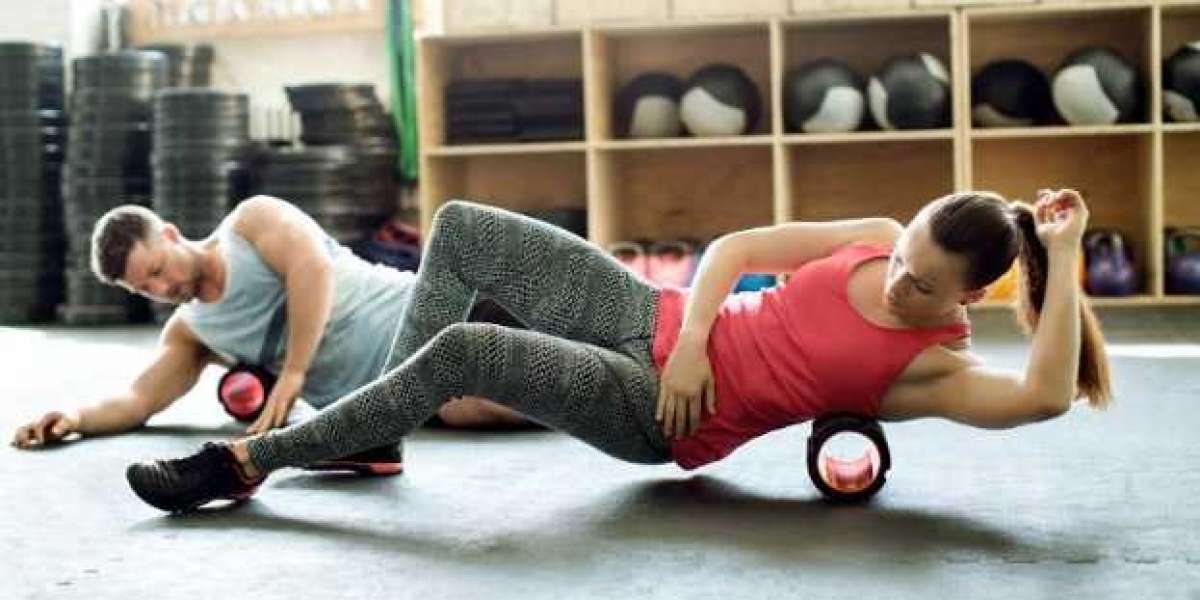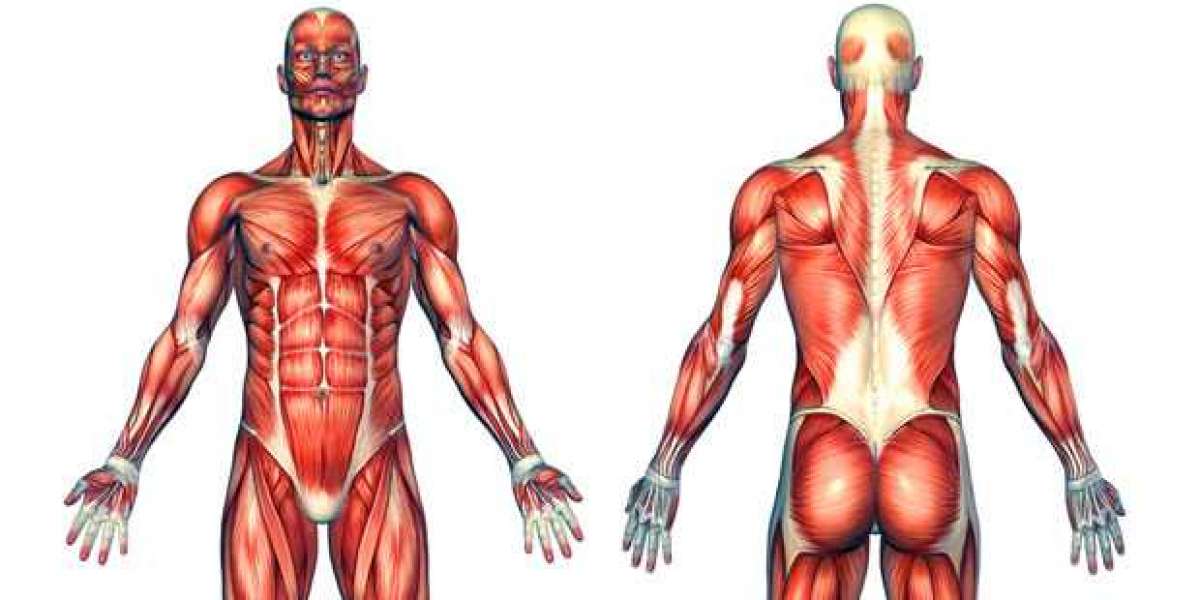Muscle pain can be a real pain in the neck, literally and figuratively. Whether it's due to an injury, overexertion, or just the daily grind, muscle pain can make it difficult to get through the day. Fortunately, there are ways to manage muscle pain, and one of the most effective is foam rolling. In this article, we'll show you some foam rolling techniques that can help you say goodbye to muscle pain.
What is foam rolling?
Foam rolling is a form of self-myofascial release, which means using pressure to release tightness in your muscles and connective tissue. It involves rolling a foam cylinder over your muscles to break up knots and adhesions. Foam rolling can help improve your flexibility, mobility, and performance, while also reducing the risk of injury.
Why foam rolling works?
Foam rolling works by applying pressure to the muscles, which helps to increase blood flow and circulation. This increased blood flow helps to break up adhesions and knots in the muscle, which can cause pain and stiffness. Foam rolling can also help to improve the flexibility and range of motion of your muscles, which can help to prevent injury and improve performance.
Foam Rolling Techniques
Upper Back Foam Roll
- Lie on your back with a foam roller positioned under your shoulder blades. Cross your arms in front of you, then roll the foam roller up and down your upper back, from the bottom of your shoulder blades to the top of your shoulders. Be sure to breathe deeply as you roll to help relax your muscles.
IT Band Foam Roll
- Lie on your side with the foam roller positioned under your hip. Cross your opposite leg over your other leg, then roll the foam roller up and down your outer thigh. Be sure to breathe deeply as you roll to help relax your muscles.
Hamstring Foam Roll
- Sit on the foam roller with your legs straight out in front of you. Place your hands on the floor behind you for support, then roll the foam roller up and down your hamstrings. Be sure to breathe deeply as you roll to help relax your muscles.
Quad Foam Roll
- Lie face down with the foam roller positioned under your thighs. Place your forearms on the floor in front of you for support, then roll the foam roller up and down your quads. Be sure to breathe deeply as you roll to help relax your muscles.
Glute Foam Roll
- Sit on the foam roller with one foot crossed over the opposite knee. Lean into the side of the hip with the crossed leg, then roll the foam roller over the glute muscles. Be sure to breathe deeply as you roll to help relax your muscles.
FAQs
- How often should I foam roll?
- It's best to foam roll at least once a day, but you can do it more often if you have muscle pain or stiffness.
- How long should I foam roll for?
- Foam rolling sessions should last between 10 and 20 minutes.
- Is foam rolling painful?
- Foam rolling can be uncomfortable, especially if you have tight muscles. However, the discomfort should be tolerable and should not cause any sharp or shooting pain.
- Can foam rolling help with muscle recovery?
- Yes, foam rolling can help with muscle recovery by increasing blood flow to the muscles and breaking up adhesions and knots.
- Can foam rolling help with posture?
- Yes, foam rolling can help improve your posture by releasing














